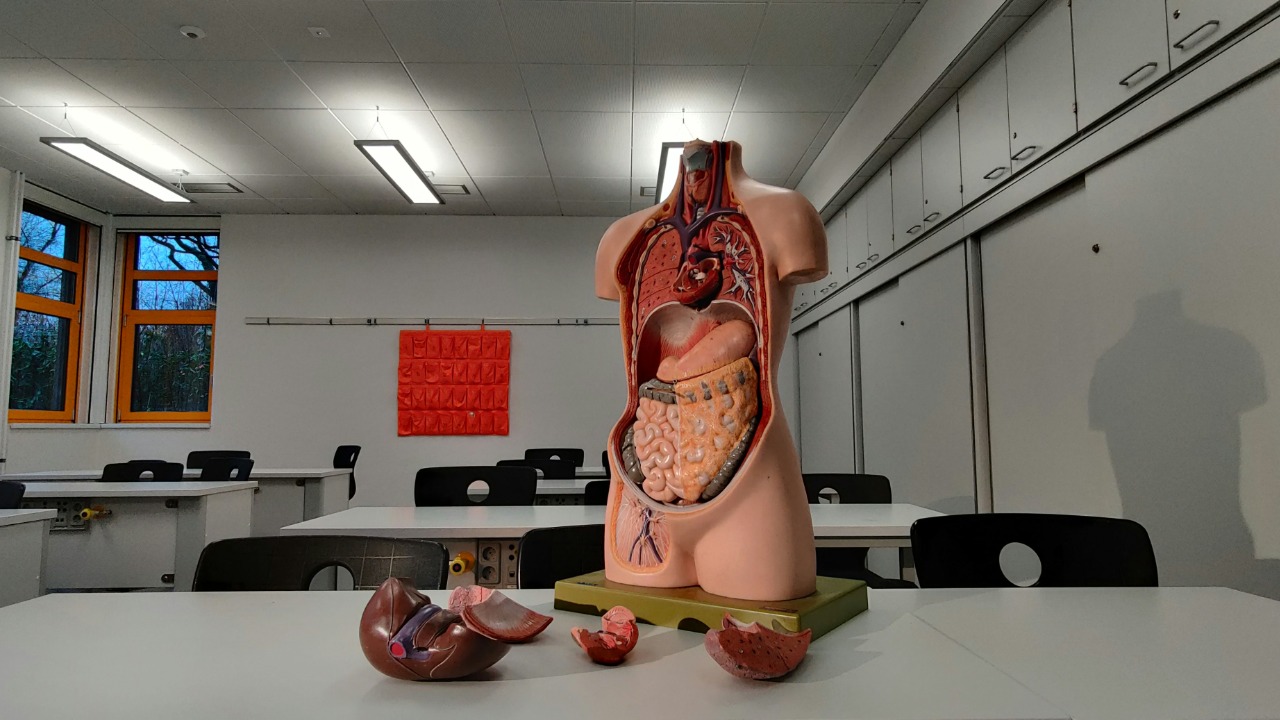
Researchers have developed a miniature 3D human colon model that mimics lifelike functions to enhance precision in cancer research, potentially replacing animal testing in labs for drug evaluation. This innovation, detailed in recent reporting, integrates biological tissues to simulate colon behavior more accurately than traditional 2D models or animal subjects. The model was highlighted as a breakthrough for advancing cancer drug testing without ethical concerns of animal use (Interesting Engineering).
Bioelectronic Design and Functionality
The integration of living human colon cells with advanced structural design in the miniature model enables real-time monitoring of cellular responses. This approach preserves the exact architecture of the colon, offering a lifelike simulation that traditional models cannot achieve. The model’s 3D structure replicates the colon’s natural tissue layers and motility, allowing precise study of cancer progression without relying on animal models (Interesting Engineering).
By replicating the colon’s complex environment, the model provides a platform for observing subtle biochemical changes, such as tumor growth signals, that are difficult to detect in flat cell cultures. This capability is crucial for understanding the intricacies of cancer development and progression, offering insights that could lead to more effective treatments.
Advantages Over Traditional Testing Methods
The 3D model significantly reduces reliance on animal testing by offering human-specific responses, which is a major advantage for ethical and accuracy reasons. Traditional animal models often fail to accurately predict human reactions to drugs, leading to potential setbacks in drug development. The model’s precision in simulating colon cancer environments addresses these limitations, providing improved predictions of drug efficacy (Interesting Engineering).
Additionally, the model offers cost and time efficiencies. Its miniature scale allows for high-throughput screening, enabling researchers to test multiple drug candidates simultaneously without the variability seen in animal labs. This efficiency not only accelerates the research process but also reduces the overall cost of drug development.
Applications in Colon Cancer Research
In colorectal cancer research, the model is particularly valuable for testing therapies and understanding metastasis patterns. By accurately replicating the conditions of the human colon, researchers can achieve more reliable outcomes than those obtained from animal models. This capability is crucial for developing targeted therapies that can effectively combat cancer spread (Interesting Engineering).
The integration of artificial intelligence with the model enhances its utility by analyzing data outputs to predict patient responses. This combination of technologies supports the development of personalized medicine, where patient-derived cells can be incorporated into the model for tailored drug assessments. Such advancements could revolutionize treatment strategies, offering hope for more effective and individualized cancer care.
Challenges and Future Developments
Despite its promising potential, the model faces challenges in scalability. Producing the bioelectronic components for widespread lab adoption requires overcoming technical and logistical hurdles. Currently, the model exists as a miniature prototype, and expanding its use will necessitate significant investment in research and development (Interesting Engineering).
Regulatory hurdles also pose a challenge for transitioning from animal testing to this innovative model. While the 3D model’s validation marks a step toward ethical alternatives, gaining regulatory approval for widespread use will require comprehensive testing and validation. However, the success of the colon model could pave the way for similar advancements in other organ models, expanding the scope of ethical and effective cancer research.